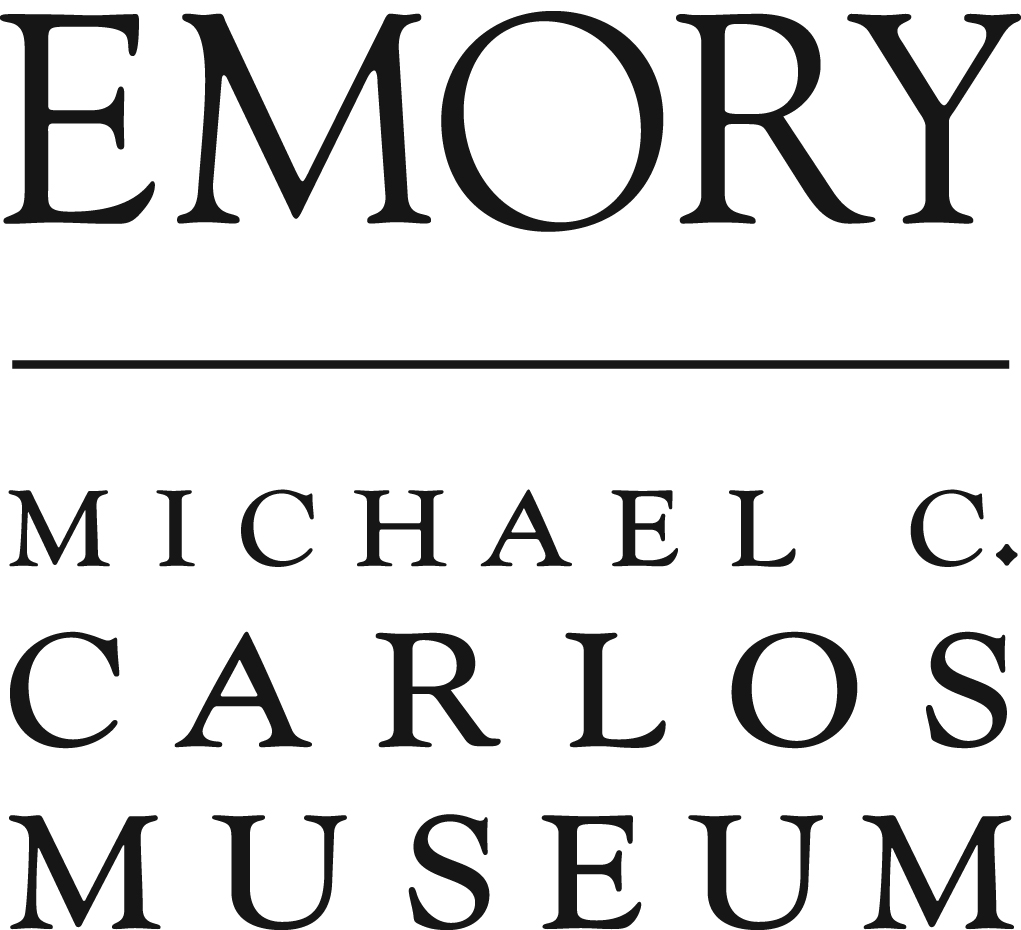This blog will document a project to recreate an ancient textile fragment in the collections of the Michael C. Carlos Museum on the campus of Emory University in Atlanta. I am a third year PhD student in art history studying Andean textiles and have been practicing weaving, spinning, and dyeing for most of my life. In the coming months I will be starting from square one (almost!) and work through the process of creating thread by hand, setting up the loom, learning how to weave complex ancient techniques such as shaped tapestry and discontinuous warp, and experimenting with dyes. The study of actual ancient textiles by myself and other scholars has revealed (more or less) how the fragment was created and I am hoping the experience of actually putting the knowledge into practice will provide you all with an inside look at what goes into making cloth like this. My goal with this blog is to introduce some of the unique textiles developed in the Andes to those new to textile production in a user-friendly manner.
Textiles as Stories of Creation
For many cultures in the Andes, elaborate textiles were expressions of cosmology and people’s beliefs about the creation of the world. The many steps to creating a textile like a Wari tie-dyed garment (turning animal fiber into thread, different sets of threads into cloth, and plant and animal substances into bright dyes for color patterns) display the many connections between Andean people and the environment which produced the raw materials they needed. Andeans believed these materials were alive since they were products of animals and plants. Thread was seen as actively participating in the weaving of cloth in partnership with the weaver. In channeling the energy of all materials and working with them to create something new, Andean weavers re-enacted the creation of the world itself.
Thus, gaining insight into the technical processes of making ancient Andean textiles is important for a greater understanding of the cultures they came from. In addition to documenting my attempt at re-creating the Wari tie-dyed fragment, I will also be discussing these connections between cloth and cosmology in greater detail along the way.
Your feedback, either through comments or answers to the surveys and polls (that I hope at least some of you will take the time to complete) will help museums and teachers of textiles find more efficient and interesting ways to engage audiences in textile history and construction!
Be sure to check back and/or follow me and or the Carlos Museum on Twitter to receive updates
This Creation Stories Project is sponsored in part by a grant from the Andrew W. Mellon Foundation through the Emory College Center for Creativity & Art, the Michael C. Carlos Museum and the Emory Center for Digital Scholarship.
Data collection approved by the Institutional Review Board of Emory University


This information is look that very interested.
I would be very interested to read your blog. I am professional textile natural dyer/printer.
Kind regards, Leentje